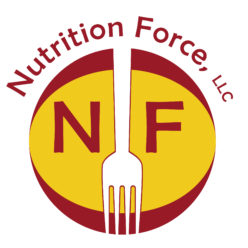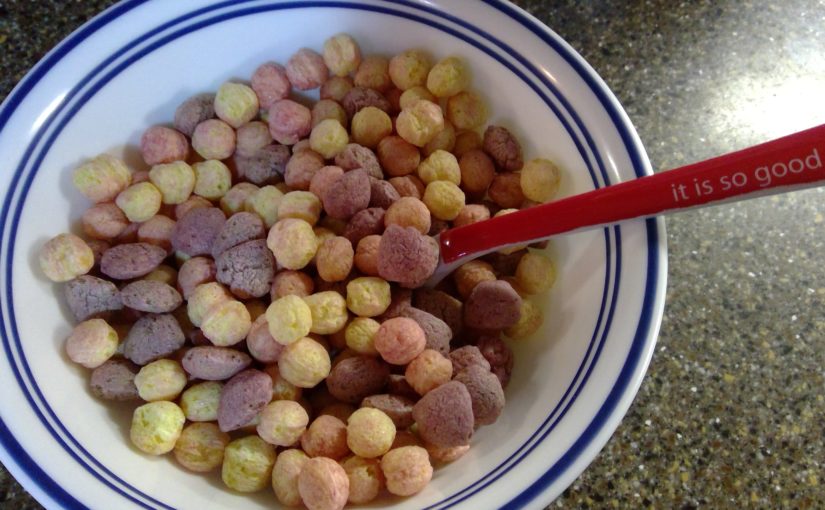History of Cereal
Cereal is an American invention. In 1863, James Caleb Jackson created a breakfast cereal from graham flour dough that was dried and broken into shapes.1 These shapes were so hard that they needed to be soaked in milk overnight. It was called granula. In Michigan, a surgeon, John Harvey Kellogg made his own version and called it granola. A former patient of Kellogg, C. W. Post, created Grape-Nuts. In the 1900s, Kellogg and his younger brother created a flaked cereal they called Corn Flakes. The Quaker Oats Company, began marketing Puffed Rice and Puffed Wheat, in the 1910s, after acquiring a method that forced rice grains to explode under pressure. In the 1940s, Cheerios appeared as CherriOats, but were renamed. Cheerios has become the best-selling cereal in America. Honey Nut Cheerios was introduced by General Mills in 1979. In the 1950s cereal consumption increased and sugar became a selling point. Kellogg’s invented Frosted Flakes and Tony the Tiger. The 1970s became the heyday of fruit-flavored and monster cereals. Cereals like Franken Berry and Count Chocula became popular for General Mills, while Fruity Pebbles and Cocoa Pebbles were popular for Post. In the 2000s consumers started demanding more natural and organic products. Kellogg’s ended up buying Kashi and General Mills bought Cascadian Farms trying to get in on this exploding market.
What are the Top 10 Best-Selling Breakfast Cereals?2
10. Fruity Pebbles ($172.3 million; Boxes sold: 54.1 million)
9. Life ($177.5 million; Boxes sold: 58.1 million)
8. Frosted Mini Wheats ($241.9 million; Boxes sold: 71.3 million)
7. Fruit Loops ($269.1 million; Boxes sold: 91.7 million)
6. Lucky Charms ($283.4 million; Boxes sold: 86.4 million)
5. Cinnamon Toast Crunch ($344.3 million; Boxes sold: 105.2 million)
4. Honey Bunches of Oats ($375.2 million; Boxes sold: 111.3 million)
3. Frosted Flakes ($412.6 million; Boxes sold: 132.3 million)
2. Honey Nut Cheerios ($421.7 million; Boxes sold; 129.3 million)
1. Cheerios ($435.9 million; Boxes sold: 139.1 million)
How to Pick a Healthy Breakfast Cereal.
Not all cereal is created equal. Come are low in fiber, others are high in sugar. With so many different ingredients, how do you know what you should buy. Some brands add inulin (aka chicory root) to increase fiber, but eating whole grains can have additional benefits such as a lower BMI and improved cholesterol levels. Start off looking for whole grains at the top of the ingredient list and keep sugar low. Many cereals are high in sugar and keep a lookout for barley malt extract. This is just a fancy name for sugar. Some numbers that I like to look for when choosing a breakfast cereal are:
Per ¾ cup: 3 or more grams of fiber and 7 grams or less of sugar. If a cereal has raisins or dates 16 grams of sugar can be included to account for the natural sugars found in these fruits. Keep in mind that dried cranberries and dehydrated fruits contain very little natural sugar and usually have sugar added to them, so this higher number does not apply to these types of cereals.
For more information on National Cereal Day visit http://www.nationalcerealday.com/
1. Severson K. A Short History of Cereal – The New York Times. The New York Times. https://www.nytimes.com/interactive/2016/02/22/dining/history-of-cereal.html. Published 2016. Accessed March 6, 2019.
2. Burrows D. America’s Most Popular Breakfast Cereals (And the Stocks Behind Them). Kiplinger. https://www.kiplinger.com/slideshow/investing/T052-S001-america-s-most-popular-breakfast-cereals-stocks/index.html. Published 2018. Accessed March 6, 2019.

